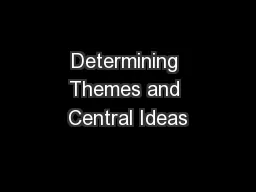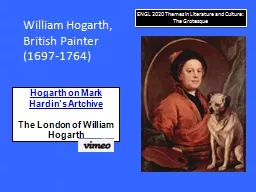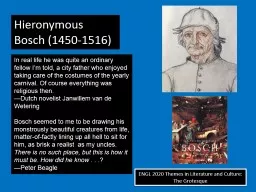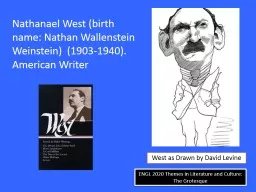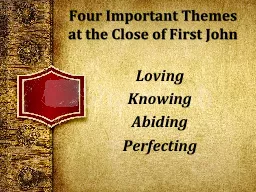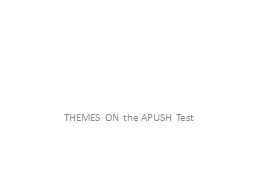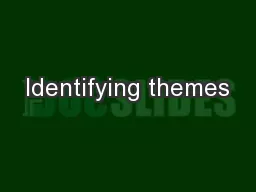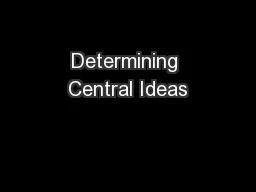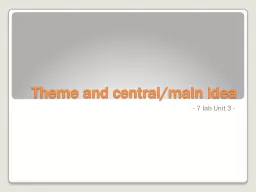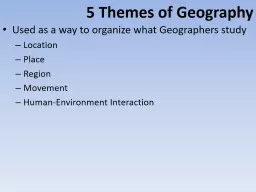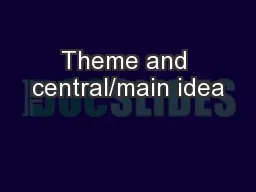PPT-Determining Themes and Central Ideas
Author : liane-varnes | Published Date : 2016-03-20
Fiction and Nonfiction Standard for Reading Literature 2 Determine a theme or central idea of a text and analyze its development over the course of the text including
Presentation Embed Code
Download Presentation
Download Presentation The PPT/PDF document "Determining Themes and Central Ideas" is the property of its rightful owner. Permission is granted to download and print the materials on this website for personal, non-commercial use only, and to display it on your personal computer provided you do not modify the materials and that you retain all copyright notices contained in the materials. By downloading content from our website, you accept the terms of this agreement.
Determining Themes and Central Ideas: Transcript
Download Rules Of Document
"Determining Themes and Central Ideas"The content belongs to its owner. You may download and print it for personal use, without modification, and keep all copyright notices. By downloading, you agree to these terms.
Related Documents

